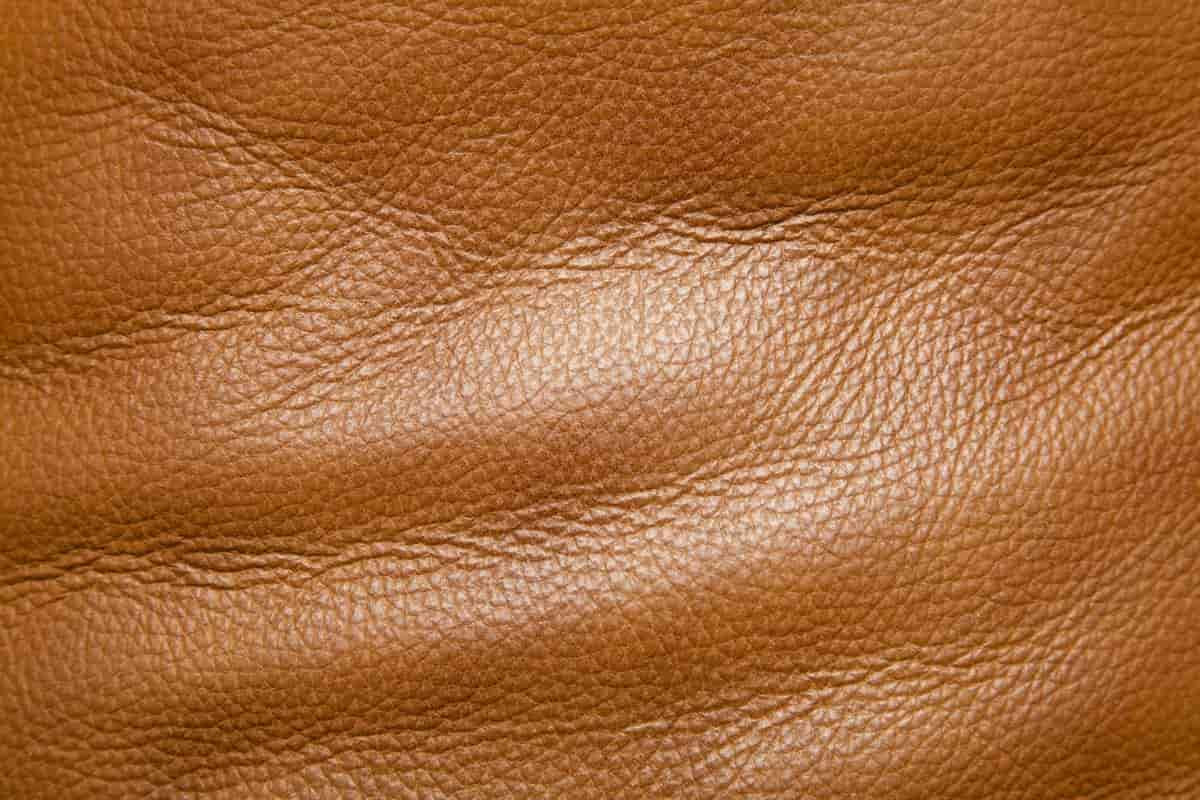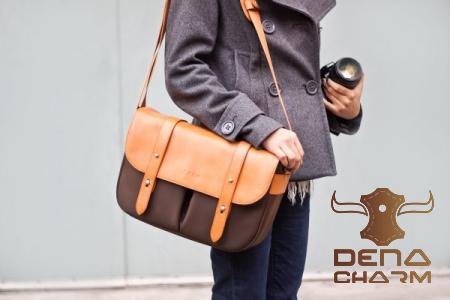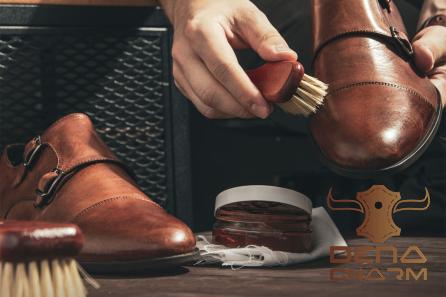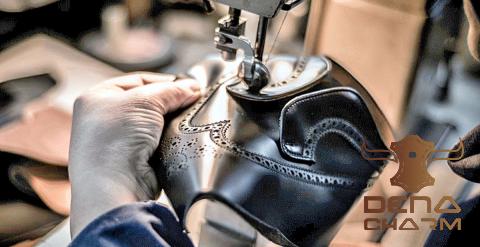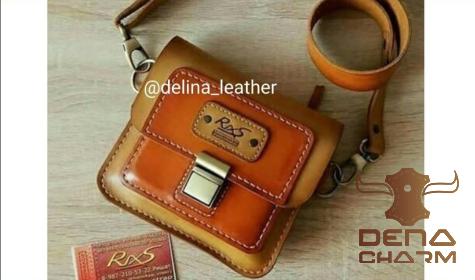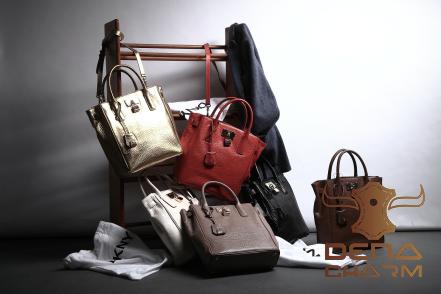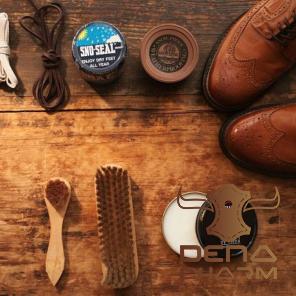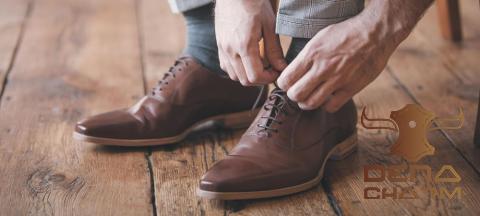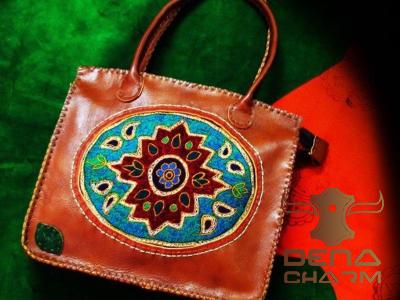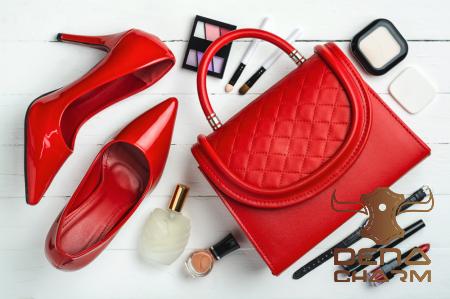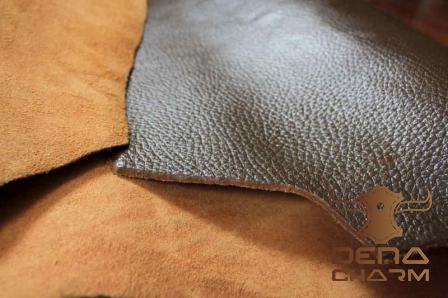When it comes to choosing the right type of leather for a product or accessory, it’s important to consider the various options available. Lambskin leather and cow leather are two popular choices known for their durability, luxurious feel, and overall quality. In this article, we will compare the price, features, and production methods of these two types of leather, helping you make an informed decision.
Price of Lambskin Leather vs. Cow Leather
One of the primary factors influencing the decision to choose between lambskin leather and cow leather is the difference in price. Lambskin leather tends to be more expensive compared to cow leather due to various factors. Firstly, lambskin comes from young sheep, resulting in a smaller hide size and thus requiring more animals to yield a substantial amount of leather. Secondly, lambskin is renowned for its soft and supple texture, making it highly sought after in the fashion industry. This exclusivity and demand often contribute to its higher price point. On the other hand, cow leather, being more readily available, generally comes at a lower price, making it a more cost-effective option for manufacturers.
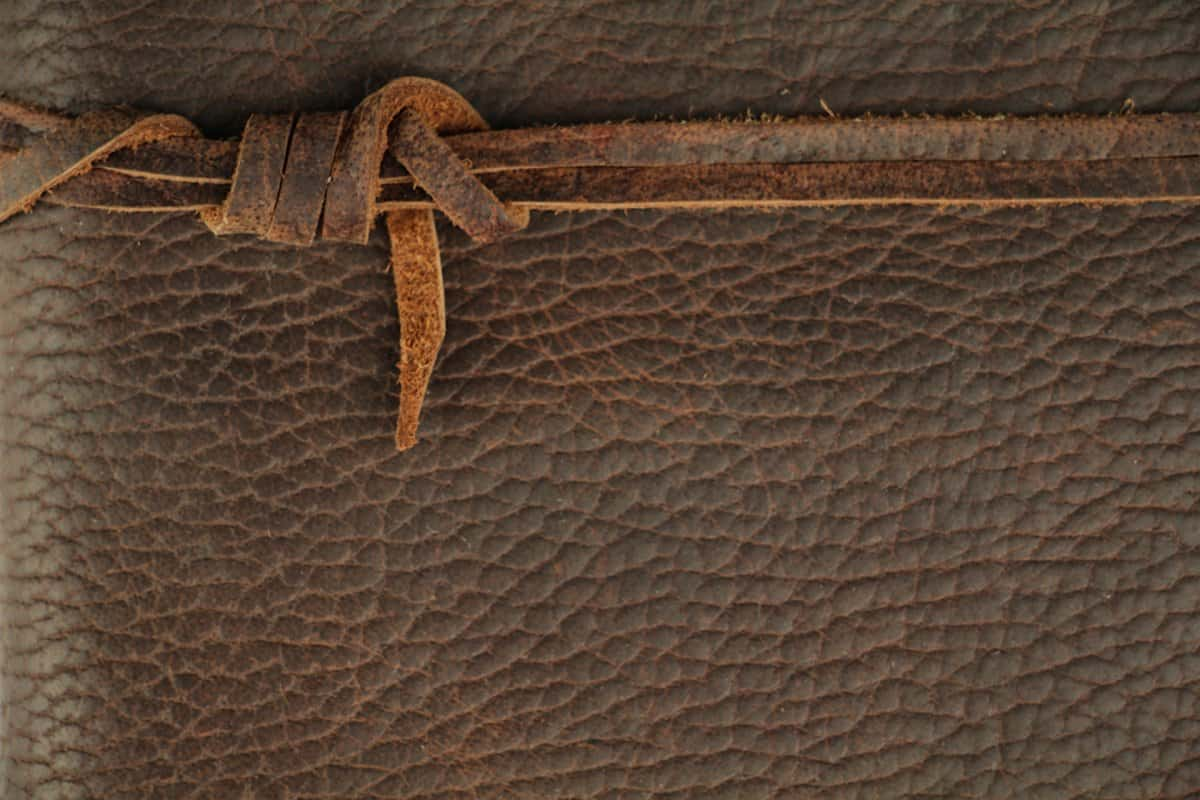
Features of Lambskin Leather vs. Cow Leather
Lambskin leather and cow leather possess distinct features, making them suitable for different purposes. The texture of lambskin leather is exceptionally soft, smooth, and thin, offering a luxurious feel. It is highly pliable and has a natural elasticity, allowing it to mold to the wearer’s body, making it a great choice for garments like jackets, gloves, and accessories. Additionally, the fine grain pattern of lambskin leather provides a sleek and elegant appearance.
Conversely, cow leather is more robust, thicker, and durable compared to lambskin leather. Due to its inherent strength and resilience, cow leather is often used to create a variety of products such as shoes, belts, wallets, and furniture. Its ability to withstand wear and tear, coupled with its less refined grain texture, gives cow leather a rugged and timeless appeal.
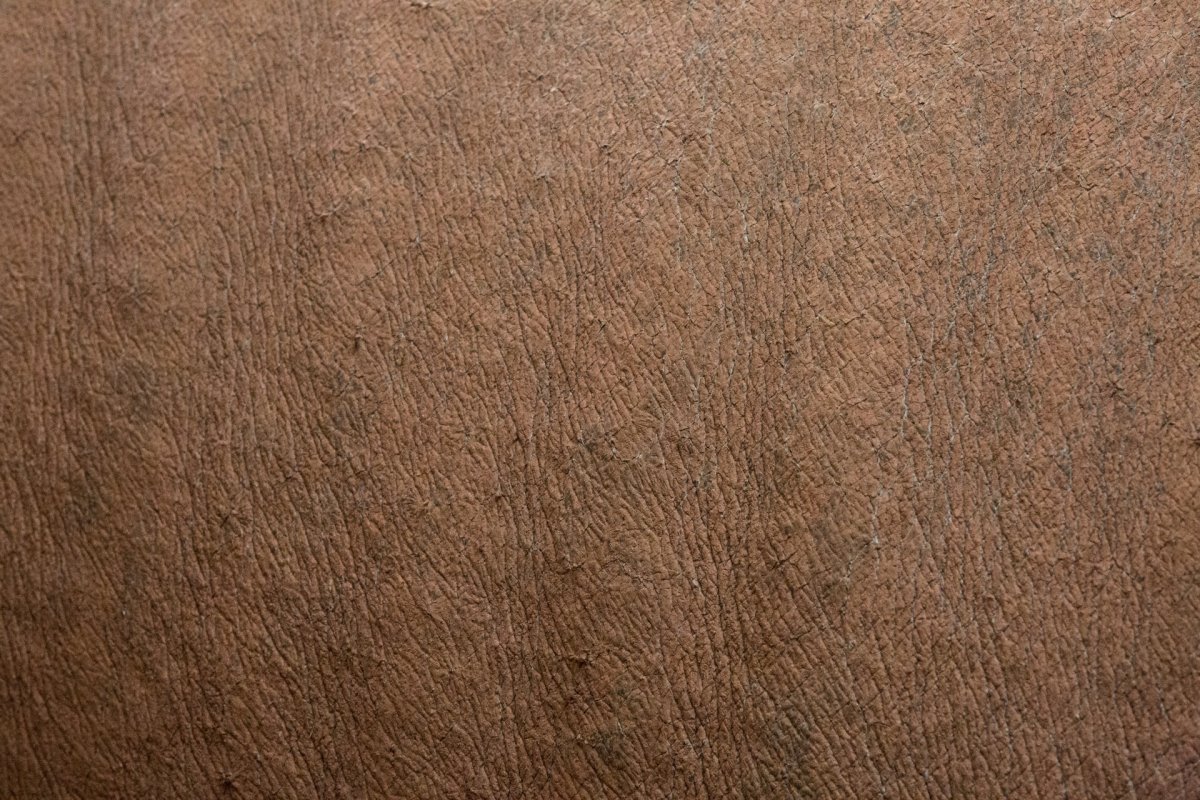
How to Make Lambskin Leather vs. Cow Leather
The process of transforming animal hide into leather requires meticulous attention to detail, but the methods differ slightly for lambskin leather and cow leather.
To obtain lambskin leather, the hides of young sheep are first soaked in water to remove any dirt or impurities. They are then tanned using various methods, such as vegetable tanning or chrome tanning. Vegetable tanning is a traditional method that involves treating hides with vegetable extracts, resulting in a more natural and environment-friendly leather. Chrome tanning, on the other hand, utilizes chromium salts to tan the hides, resulting in a softer and more supple leather. Once tanned, the hides undergo a process called finishing, which involves dyeing, buffing, and polishing to achieve the desired color and texture.
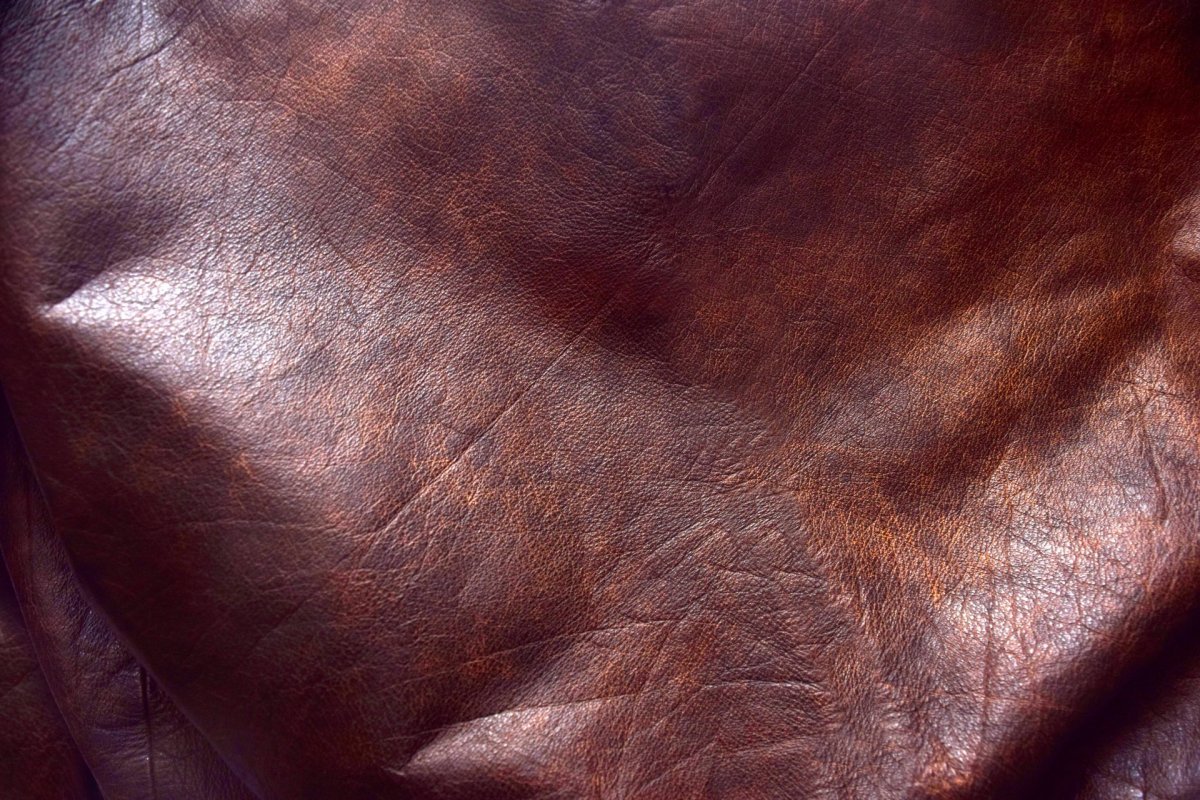
Cow leather production follows a similar process. However, due to the larger size and thickness of cow hides, additional steps are required. After the hides are soaked and tanned, they are split into two layers: the top grain and the corium layers. The top grain layer, which features the finest quality and texture, is often used to create high-end cow leather products. The corium layer is typically used to make suede. Furthermore, cow leather can be further processed to create different finishes, such as aniline and semi-aniline finishes, which enhance the appearance, durability, and resistance to moisture and staining.
Conclusion
Choosing between lambskin leather and cow leather ultimately depends on the specific requirements of the end product. Lambskin leather excels in its luxury, softness, and finer texture, whilst cow leather offers durability, strength, and versatility. Moreover, the price differential between the two should also be considered, with lambskin leather carrying a higher price tag due to its exclusivity. Understanding the features and production methods of lambskin leather and cow leather puts you in a better position to make an informed decision, ensuring that your choice aligns with the desired quality, purpose, and budget.
